It usually goes something like this… ”Mom, can we get a dog, PLEASE!”. Mom’s reply, “Well, if we get a dog you’ll need to take care of the dog; this means walking, feeding, picking up the poop, blah, blah, blah.” The reality is that if mom is truly thinking that the child will learn responsibility and be able to be the caretaker of the family dog, she most likely will end up being frustrated and disappointed, not to mention there can be issues of safety to consider.
Besides Mom’s disappointment your child will end up feeling frustrated too because dogs generally don’t listen to kids.
Dogs follow leaders and will gravitate to the most reliable, consistent person in the family who provides what they need in life to be happy and safe.
Children, since they are still developing, can be more emotional, unpredictable, unreliable and energetic. These qualities communicate to the dog that the child is not in charge, and therefore, the dog generally will not listen to the child.
So now that we know that children usually can not be successful at being “in charge” of the dog, can we still help our child to learn to be a responsible dog owner and help care for the family dog? Absolutely!
Here are a few suggestions to help parents encourage good and safe interactions, helping create a lasting bond between your child and family dog.
Include your child whenever you can with daily care, but you must lay the ground work first. Every task that pertains to your dog, such as daily feeding, providing fresh water, walking, grooming, and basic training, needs to be done first by an adult to understand how you want your child to help, and if they can assist with these daily tasks. You also need to learn about your dog’s personality to find out how they will respond to new things. An example might be that some dogs are overly excited to be fed and may jump into the air knocking the food bowl out of a child’s hands. In this case, you’d first train the dog to keep all four feet on the floor when feeding before having your child take over.
It’s great to have children help with care, but be sure to demonstrate how you want things done. Furthermore, if you want to get them to be less reliant on you telling them when something needs to be done, set up a dog task chart and have your child indicate when the job is accomplished. Obviously, you still need to supervise when and if a task is completed so the dog doesn’t pay the penalty of lack of care.
Be sure to create situations where your child and dog can have fun together. Even though the dog may not see the child as a leader, your dog will be more likely to respond positively to your child if he sees that good things happen when the child is around! Playing fetch, hide and seek, searching games for kibble, are all great ways to bond, and also get the child and dog to learn mutual respect while having fun. Even something as simple as having your child read to the dog can be a quiet time activity for both.
Supervise all interactions, especially with young children. As a parent, you need to give immediate feedback to your child when you see your dog does not want to interact, and may be trying to move away from the situation. Likewise, if the dog is getting too excited or overly stimulated, you need to intervene to deescalate the situation. Even if everyone is playing and having fun, supervise, because things can go wrong in a heart beat! It’s important to understand that if a dog doesn’t see the child as a leader, and wants to communicate that it doesn’t like something your child is doing, the dog may feel it has the “right” to give a correction. This correction may be in the form of a bark, nip or bite. This is because dogs see everyone in a hierarchy, and children are not usually at the top.
Hire a Professional. A professional dog trainer will not only help you with training, but also can advise you on some fun ways that your dog and child can play and interact with basic training techniques.
Even though most children can’t be a reliable leader or primary caretaker for the dog, they can still help and begin to learn the responsibilities of caring for the family dog.
I first published this article in the Pediatric Safety site on April 30, 2018
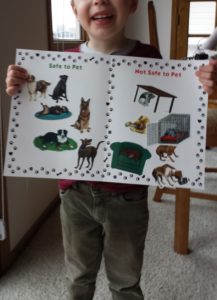 In January 2020, North Bay Animal Services, Petaluma’s local animal shelter, became aware of the current word that Kids-n-K9s was doing in Petaluma and asked to be a sponsor for the kids-n-k9s dog safety campaign that originally began in 2017. This is very crucial because as of December 2019, even with the help of local businesses, I only had half of the schools sponsored for the children to receive Stop, Look & Paws sets free of charge. As I have mentioned, It is very important that in addition to my visits to the classrooms, the children get the learning activity to take home to their parents to play and learn together. If parents don’t have the same safety information to support the decisions that their children make when interacting with dogs, children will continue to get bitten.
In January 2020, North Bay Animal Services, Petaluma’s local animal shelter, became aware of the current word that Kids-n-K9s was doing in Petaluma and asked to be a sponsor for the kids-n-k9s dog safety campaign that originally began in 2017. This is very crucial because as of December 2019, even with the help of local businesses, I only had half of the schools sponsored for the children to receive Stop, Look & Paws sets free of charge. As I have mentioned, It is very important that in addition to my visits to the classrooms, the children get the learning activity to take home to their parents to play and learn together. If parents don’t have the same safety information to support the decisions that their children make when interacting with dogs, children will continue to get bitten. North Bay Animal Services believe in the dog safety program so much that they have decided to be my sole sponsor for providing the Stop, Look & Paws sets for part of their Humane Education services starting in the 2020/21 school year. They also covered the remaining schools for this year so all of the schools in Petaluma that have requested this program will now be receiving Stop, Look & Paws sets.
North Bay Animal Services believe in the dog safety program so much that they have decided to be my sole sponsor for providing the Stop, Look & Paws sets for part of their Humane Education services starting in the 2020/21 school year. They also covered the remaining schools for this year so all of the schools in Petaluma that have requested this program will now be receiving Stop, Look & Paws sets.

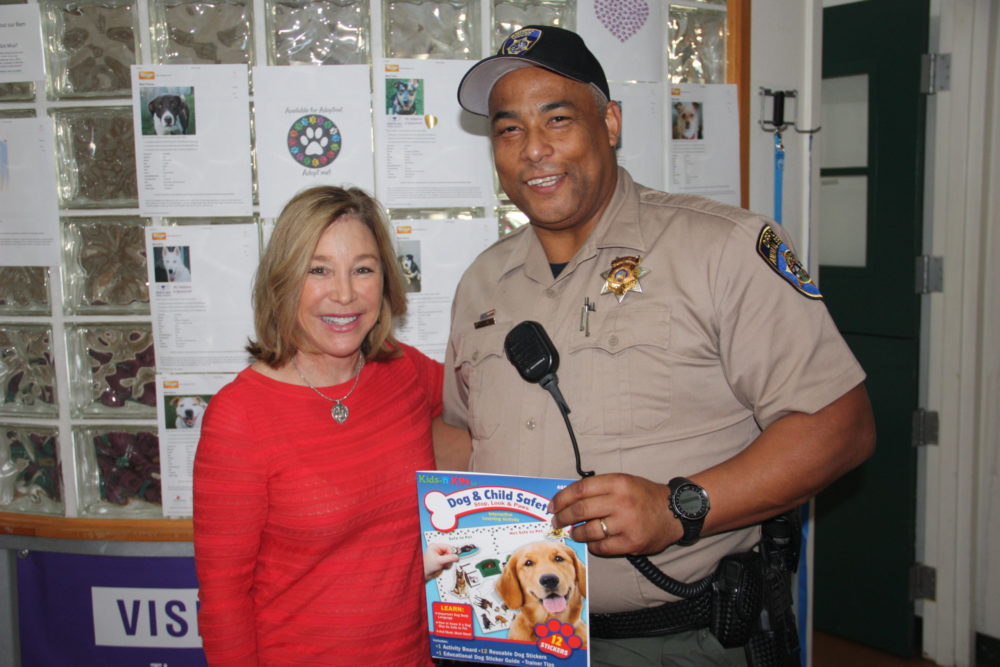
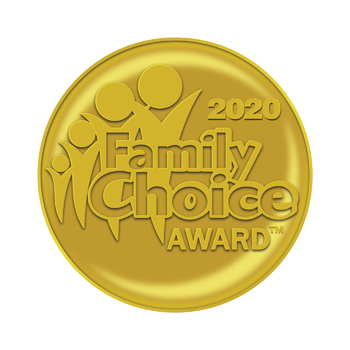


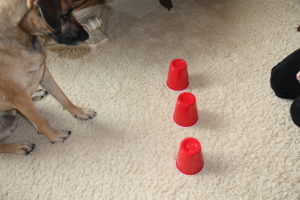
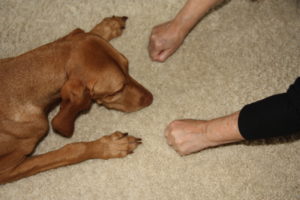
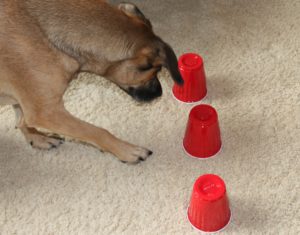



 In American Kennel Clubs (AKC), Family Dog Magazine has a Kids Issue which comes out annually every November/December. AKC heard about Kids-n-K9s and that we are now a non profit organization trying to help reduce the number of dog bites to children. Stop, Look & Paws was recognized as a valuable tool for adults and children to learn together about dog body language. Click the link to view the entire magazine about dogs and kids. Enjoy!
In American Kennel Clubs (AKC), Family Dog Magazine has a Kids Issue which comes out annually every November/December. AKC heard about Kids-n-K9s and that we are now a non profit organization trying to help reduce the number of dog bites to children. Stop, Look & Paws was recognized as a valuable tool for adults and children to learn together about dog body language. Click the link to view the entire magazine about dogs and kids. Enjoy!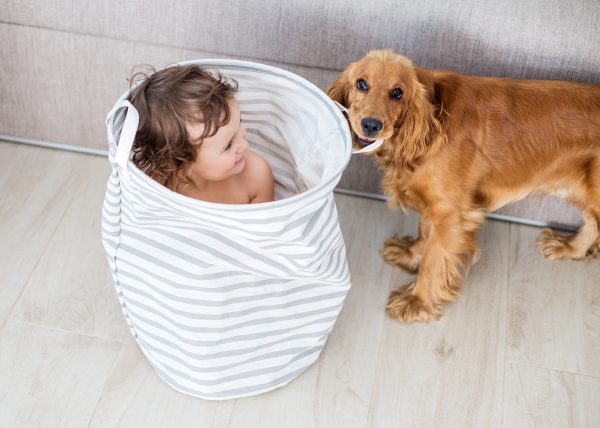


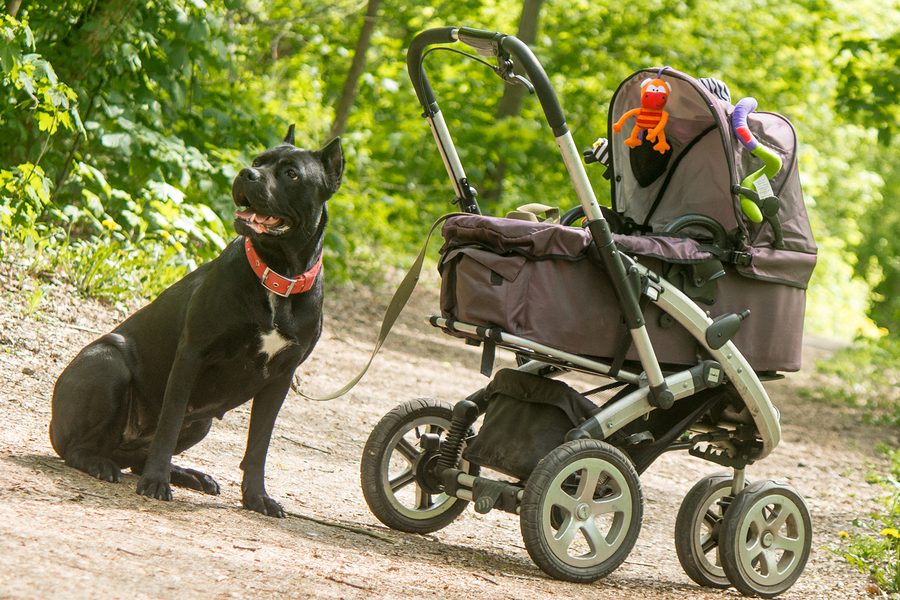
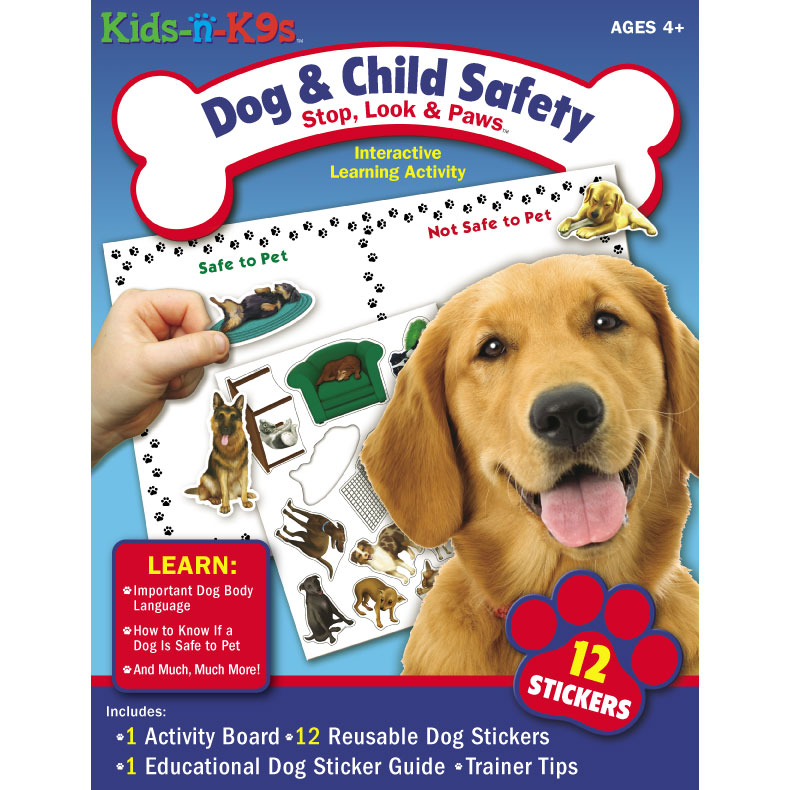










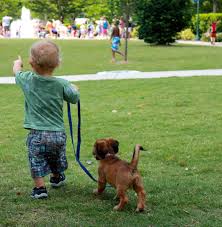
 Overall, be sure to do some of the activities your dog enjoys every day, and importantly, include the baby. For example, a dog walk with the baby stroller is an excellent activity. The dog sees everyone walking as a pack unit, with the baby in the lead. Plus, walking is very healthy for everyone!
If you play games like fetch, the baby can be present as you are playing with the dog. Also, if you play indoor scent games like searching for hidden dog treats, your baby can be present for this as well. Try to find as many things as possible that you can still do where your dog sees that the baby is included.
Overall, be sure to do some of the activities your dog enjoys every day, and importantly, include the baby. For example, a dog walk with the baby stroller is an excellent activity. The dog sees everyone walking as a pack unit, with the baby in the lead. Plus, walking is very healthy for everyone!
If you play games like fetch, the baby can be present as you are playing with the dog. Also, if you play indoor scent games like searching for hidden dog treats, your baby can be present for this as well. Try to find as many things as possible that you can still do where your dog sees that the baby is included.
 Of note, even practicing the basic commands your dog knows, followed by praise and a treat, while your baby is in your arms, makes the dog see the baby as part of the interaction and training. In the eyes of the dog, “Good things happen when the baby is present!”
Two final precautionary thoughts –
1. If you think your dog is showing signs of jealously, please contact a professional trainer to help you. It is usually a situation that can be helped by having the owner make changes in the way they are relating to the dog.
2. Most important, because things can happen in a split second, always supervise your dog and baby when they are together!
It is a wonderful experience for a child to grow up with a dog. Learning to have compassion and understanding of a different species starts with you, and how you model respect and kindness to your canine family member. Enjoy your new family!
Lesley Zoromski
Kids-n-K9s.com
Of note, even practicing the basic commands your dog knows, followed by praise and a treat, while your baby is in your arms, makes the dog see the baby as part of the interaction and training. In the eyes of the dog, “Good things happen when the baby is present!”
Two final precautionary thoughts –
1. If you think your dog is showing signs of jealously, please contact a professional trainer to help you. It is usually a situation that can be helped by having the owner make changes in the way they are relating to the dog.
2. Most important, because things can happen in a split second, always supervise your dog and baby when they are together!
It is a wonderful experience for a child to grow up with a dog. Learning to have compassion and understanding of a different species starts with you, and how you model respect and kindness to your canine family member. Enjoy your new family!
Lesley Zoromski
Kids-n-K9s.com